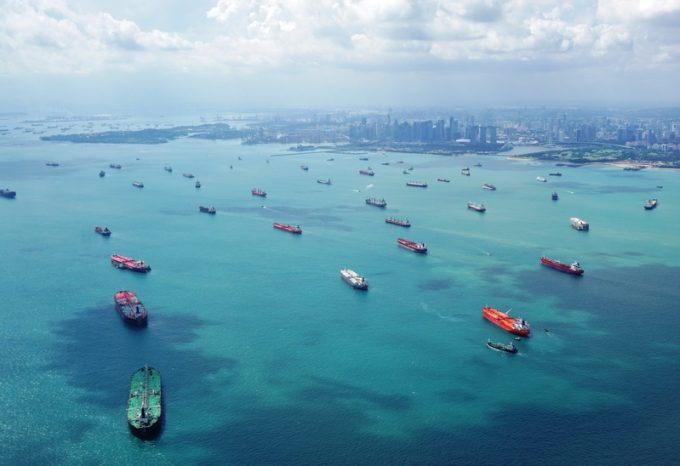More luck than judgment? Top 10 box lines enjoy elusive balance
Something of a sweet spot?

The idled containership fleet has breached the 1m teu capacity milestone – and is set to jump significantly higher as carriers prepare to temporarily suspend services rather than blank sailings.
According to Alphaliner, as of 24 October, the number of inactive containerships either in drydock or ...


Comment on this article